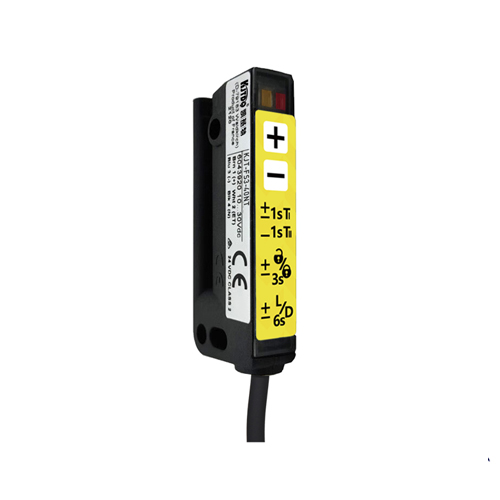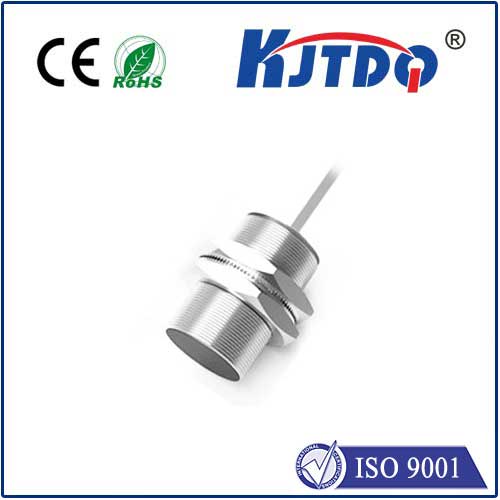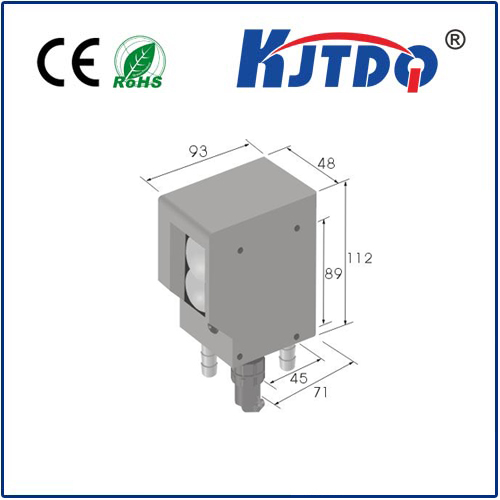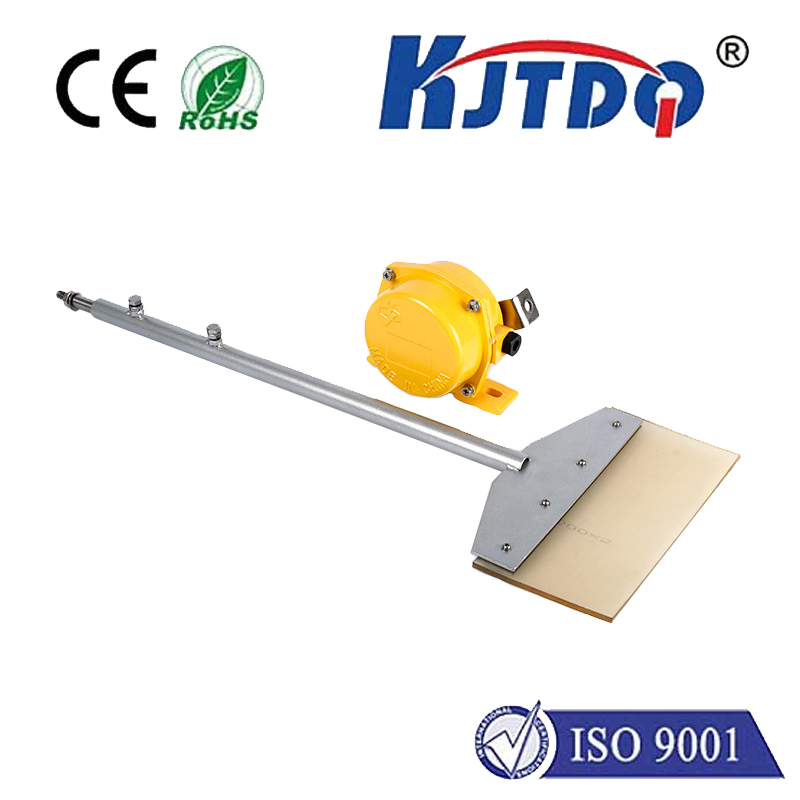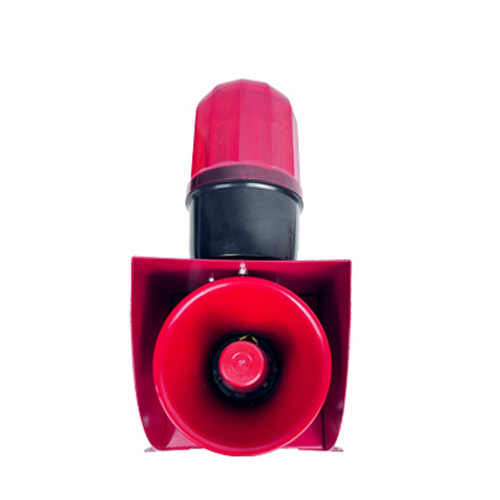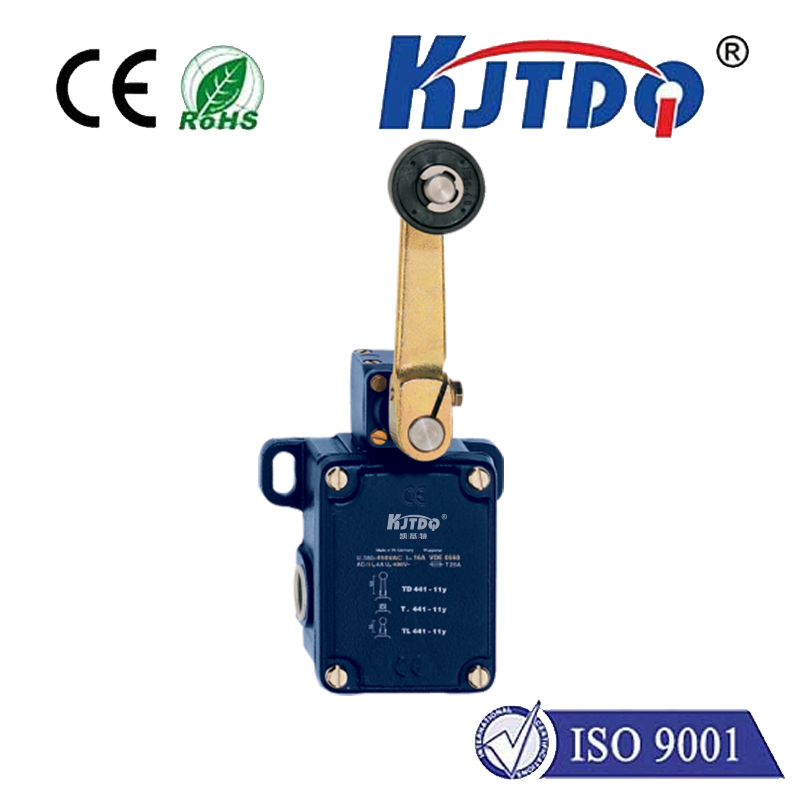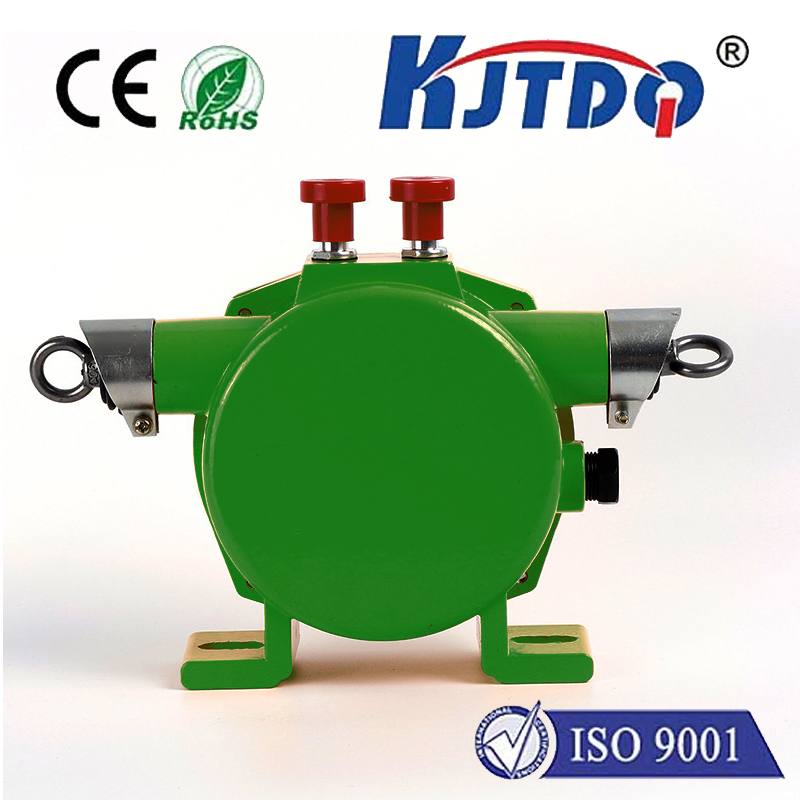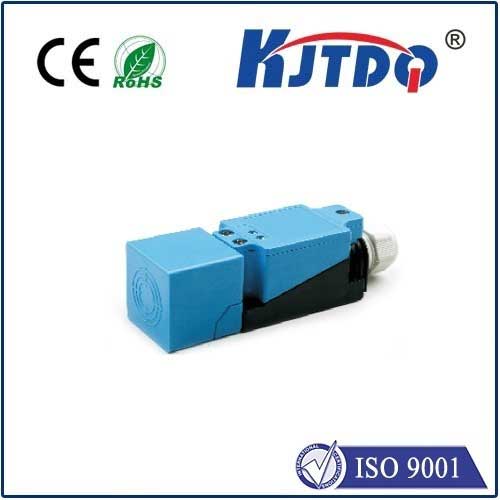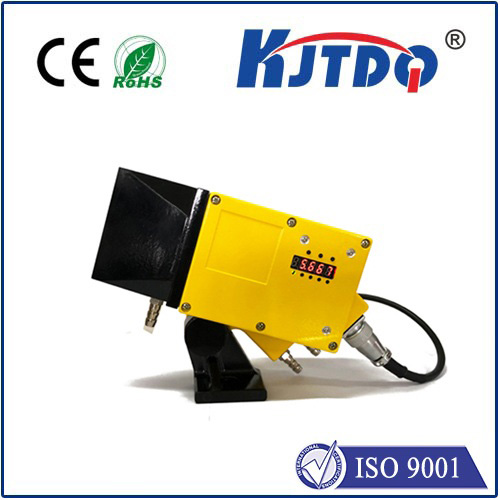Imagine a scorching summer day. Your air conditioner hums, battling the heat. Deep within its core, a critical but often overlooked component is working tirelessly: the evaporator coil. Its temperature isn’t just a number on a service gauge; it’s the linchpin of cooling efficiency, comfort, and the very health of your system. Understanding evaporator temperature is key to unlocking peak performance in everything from your home AC to industrial refrigeration.
More Than Just Cold: The Evaporator’s Vital Role
Think of the evaporator as the system’s “cold sponge.” Located inside the air handler (for ACs) or the chilled space (for refrigeration), its job is to absorb heat. How? Liquid refrigerant enters the coil under low pressure through an expansion device. This sudden pressure drop causes the refrigerant to evaporate – changing from liquid to vapor. This phase change requires immense heat energy, which it pulls directly from the surrounding air or product passing over the coil. The temperature at which this evaporation primarily occurs is the evaporator temperature.
Why Evaporator Temperature Isn’t Arbitrary: Finding the Sweet Spot
Maintaining the correct evaporator temperature is non-negotiable for optimal system operation. It’s not about achieving the coldest possible coil; extremes lead to problems.
Too High: If the evaporator temperature runs too high:
Reduced Cooling Capacity: The coil simply can’t absorb as much heat. Your AC struggles to cool the room, or your refrigerator takes too long to chill items. Performance plummets.

Increased Humidity: Air conditioners dehumidify by condensing moisture onto the cold evaporator coil. A warmer coil (higher temperature) is less effective at this. Expect clammy, sticky air even if the thermostat reads the right number. Humidity control suffers significantly.
Higher Energy Bills: The compressor must work longer and harder to achieve the desired space temperature, driving up electricity consumption. Inefficiency reigns.
Too Low: Conversely, an excessively cold evaporator temperature brings its own woes:
Frost and Ice Buildup: When the coil surface drops below freezing (32°F / 0°C) in an environment with moisture, frost accumulates rapidly. This layer of frost acts as insulation, drastically reducing heat transfer. Airflow becomes restricted, leading to a vicious cycle of worsening performance.
Compressor Damage Risk: Sustained low suction pressure (a direct result of low evaporator temp) can cause inadequate oil return to the compressor. Without proper lubrication, the compressor – the heart of the system – faces premature wear or catastrophic failure. Oil slugging is also a major risk.
Reduced Efficiency: While counterintuitive, making the refrigerant too cold actually makes the compressor less efficient at compressing it back to a high-pressure gas. System COP (Coefficient of Performance) drops.
Potential Product Damage (Refrigeration): In cold storage, excessively low evaporator temperatures can freeze sensitive products like certain fruits or vegetables.
The Ideal Target: It Depends (But There’s Guidance)
There’s no single universal “perfect” evaporator temperature. It depends heavily on the system’s purpose:
Diagnosing Issues: Evaporator Temperature Tells the Tale
Evaporator temperature, often measured by checking the saturation temperature corresponding to the low-side (suction) pressure, is a primary diagnostic indicator for HVAC/R technicians.
Keeping It Optimal: Key Maintenance Factors
Ensuring your evaporator temperature stays in the sweet spot involves proactive care:
The Engine of Efficiency and Comfort
The evaporator temperature is far more than a technical specification. It’s a critical performance indicator, a comfort influencer (through humidity control), and a guardian against system damage. By understanding its role, the consequences of deviations, and the importance of maintaining conditions that keep it within its ideal operating range, homeowners and facility managers alike can ensure their cooling systems operate efficiently, effectively, and reliably for years to come. It is, truly, the hidden hero silently dictating the performance of the cooling cycle.
